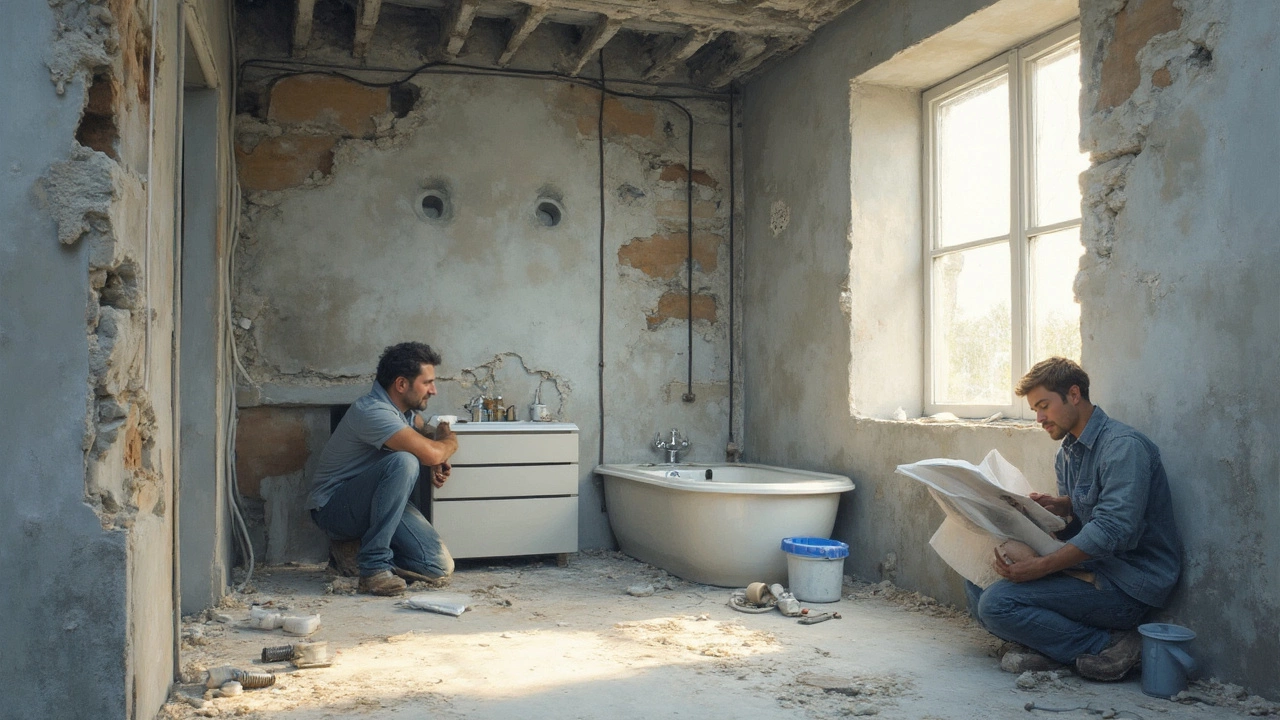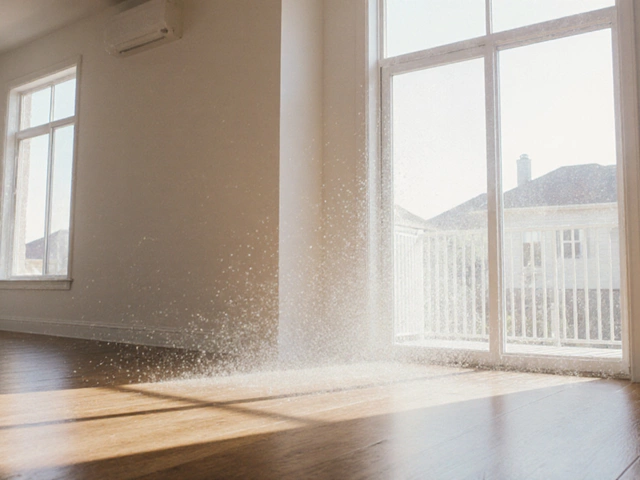DIY Home Projects – Your Practical Guide
Got a list of home repairs and thinking about hiring a pro for everything? Hold up. Many of those jobs can be done by a motivated homeowner with the right plan. On this page you’ll find quick how‑to’s for the most common DIY tasks, from fixing a small foundation crack to fitting a kitchen dry‑fit. The goal is to give you the confidence to start, save money, and avoid costly mistakes.
Common DIY Topics Covered
Foundation cracks – Small hairline cracks in a slab or basement wall often just need epoxy injection and proper drainage. The guide “Can You Fix Your Own House Foundation?” walks you through checking for movement, sealing cracks, and when to call an engineer.
Dry‑fit kitchen – Before the final cabinets go up, a dry‑fit helps you see if everything lines up. Our 2025 kitchen guide breaks the process into three steps: layout the cabinets, run mock plumbing, and walk the space. It saves you from expensive re‑work later.
Roofing basics – Re‑roofing doesn’t always need a crew. If you spot a few missing shingles or a small leak, the “Cheapest Ways to Roof a House” article shows how to replace sections, check underlayment, and seal flashings. For full replacements, the “Roof Replacement Budget Breakdown” gives realistic cost ranges.
Bathroom remodel timing – Knowing the best season can cut your bill. The “Best Time of Year to Remodel a Bathroom” piece explains how weather affects material delivery, contractor availability, and indoor humidity, so you can plan for a smoother job.
Landscaping basics – A tidy yard adds curb appeal. The “What Does a Landscaper Actually Do?” post tells you which tasks you can handle yourself—like seeding, mulching, and basic hardscape—versus when you need a pro for grading or irrigation.
How to Start a DIY Project Right
1. Define the scope. Write down exactly what you want to fix or build. A clear list stops you from adding extra work halfway through.
2. Check local codes. Even a simple shed may need planning permission. Look up your council’s rules before you buy materials.
3. Gather tools and safety gear. A basic kit (hammer, drill, level, safety glasses, gloves) covers most jobs. If a task needs a special tool, rent it instead of buying.
4. Watch a guide. Pick the article that matches your project, read it fully, and note any measurements you’ll need. Watching a short video can also boost confidence.
5. Do a test patch. For repairs, start with a small, hidden area. If the result holds up, move on to the main spot.
6. Set a budget and timeline. Add a 10‑15% cushion for unexpected costs. Break the work into daily goals so you stay on track.
7. Ask for help early. A friend with a tool or a neighbor who’s done the job can save hours of trial‑and‑error.
Following these steps keeps the project realistic and reduces frustration. If you ever hit a wall—literally or figuratively—re‑visit the guide, double‑check measurements, or call a professional before the problem grows.
DIY isn’t about becoming a contractor overnight. It’s about tackling smart jobs that fit your skill level, learning as you go, and enjoying the satisfaction of a job well done. Browse the articles below, pick a project that matches your confidence, and start building your own home improvements today.
Best Steps for Renovating Your Bathroom

Renovating a bathroom can be a daunting task, but with a clear plan and order, it becomes manageable. The process involves deciding what to tackle first, from demolishing old fixtures to the final touches. Knowing the right sequence not only saves time and money but also reduces stress. This article takes you through the step-by-step order for a smooth and successful bathroom renovation.
read more



